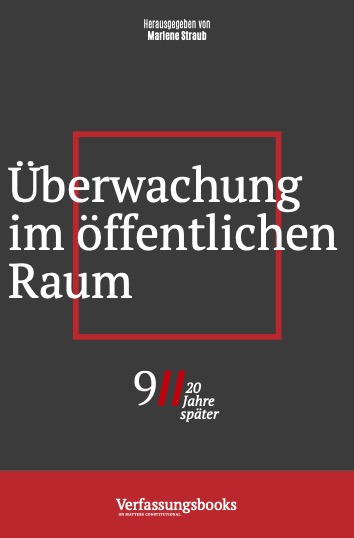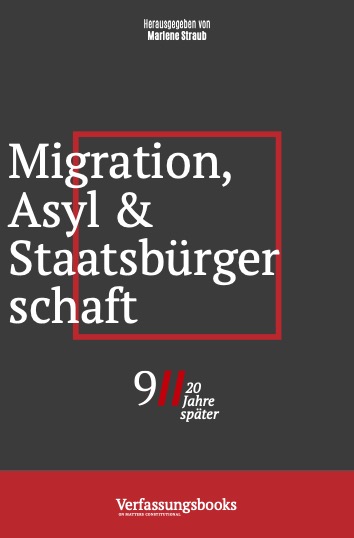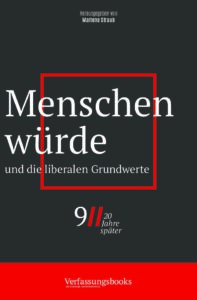John Simte
A constitution bench (five-judges) of the Supreme Court of India recently concluded the hearings related to the the abrogation of Article 370 of the Constitution and the bifurcation of the State of Jammu and Kashmir (J&K) into two Union Territories. How the Supreme Court finally decides this instant case will have far-reaching constitutional implications. In particular, the basic structure challenge pressed upon by the Petitioners, is likely to determine the future of India’s democratic federal architecture and the structural balance of power between the Union and states.
Continue reading >>
Kushagr Bakshi
Recently, the Indian Supreme Court finished hearing oral arguments on a batch of petitions challenging the constitutional validity of The Constitution (Application to Jammu and Kashmir) Order, 2019 which extended all provisions of the Indian Constitution to Jammu and Kashmir. In the midst of the arguments, the Court pondered upon the nature of the relationship between the Constitution of India and the Constitution of Jammu and Kashmir. While the Court is unlikely to hand down an authoritative ruling on this relationship, the exchanges between the judges and lawyers offer us a valuable avenue to explore. By analysing the Jammu and Kashmir Constituent Assembly Debates, this piece examines the nature of the relationship envisaged by the two constitutions. I argue that the constitutional principle that undergirded the previously existing constitutional relationship between India and Jammu and Kashmir is heterarchy.
Continue reading >>
India Justice Project
Since the Indian state unilaterally abrogated the autonomous status of Jammu and Kashmir (J&K) in August 2019, human rights defenders (HRDs) have been confronted with an unprecedented closing of civic spaces, forcing them to restrict or stop their engagement. While HRDs have been subjected to state repression for more than 30 years since the onset of the 1989 insurgency in J&K, the developments in 2019 mark a turning point, both in strategy and methods employed by the Indian state.
Continue reading >>
Aman
Through what was described with war-time imageries of a “constitutional surgical strike” and a “constitutional siege”, in August 2019 a radical change was made to what innocuously appeared earlier in the Constitution of India as Article 370. This blog post will attempt to problematise the use of the Indian constitutional framework in the engagement with Jammu and Kashmir. It will also hint towards an alternative role where the use of the Constitutional framework can, despite its limitations, make space for questions of self-determination, and contested sovereignties.
Continue reading >>
Anam Sheikh
The administrative preventive detention law Jammu and Kashmir Public Safety Act, 1978 (PSA) is one of the most stringent laws to uphold in what is referred to as the “security of the state and the public order.” For decades, thousands of Kashmiris have been incarcerated under this law for expressing political views contrary to official state narratives. Creating a state of exception where people are not ordinary criminals but extraordinary criminals who pose a threat to the national integrity of the Indian state, the PSA has stripped countless individuals of their basic rights.
Continue reading >>
Nusaybah, Asfur
"We know where you live" is one of the most dreaded and threatening statements a Kashmiri can hear from the state armed forces. It can mean a number of things to an ordinary Kashmiri, including “we have information on you” and “we are watching you”. It can also be perceived as an immediate threat to the life and safety of the person given the absolute impunity enjoyed by the state armed forces.
Continue reading >>
Nikhil Mulani
Frequent internet shutdowns in the Indian region of Kashmir provide a valuable case study for how technology governance can become a tool of political control. The Indian government leads the world in these techniques, instituting 75 shutdowns over the course of 2022 alone. In this blog post, I argue that internet shutdowns have become a standard method for federal and state officials in India to silence those who dissent from the governing BJP agenda. The government’s repressive policies will further erode India’s democratic system unless legislators push back and create a more transparent and accountable system for technology governance in India.
Continue reading >>
Burhan Majid
The erstwhile State of Jammu & Kashmir (J&K) enjoyed a special position in the political and constitutional landscape of the post-colonial Indian State. While the de-operationalisation (popularly referred to as ‘abrogation’) of Article 370 on 5 August 2019, and other associated moves by the Indian State, might be seen as the final nail in the coffin of the constitutional erosion in J&K, the central claim of this blog post is that the constitutional autonomy of the erstwhile State has rather seen a gradual erosion ever since the Constituent Assembly of the State was dissolved on 26 January 1957—the day the Constitution of J&K came into force.
Continue reading >>
Sidra Yousaf, Paul Dießelberg
Constitutions depict social realities, tell stories, reflect on people and culture. They are the embodiment of a state reality, matured by a national history, admonishing and guiding politics and the broader public. The Indian Constitution tells a unique story: Of combined liberalism and pluralism, of a reality of marginalization in society and of constant search for identity. Recent developments in majority-Muslim Kashmir have made these narratives more visible than ever and point to a new lens of analysis.
Continue reading >>
Tanja Herklotz
Kashmir is not only the object of disputes over territory between India and Pakistan as well as India and China. It also witnesses violent conflicts between the Indian security forces (which include the army and paramilitary forces) and an armed Kashmiri insurgency that seeks autonomy from the Indian nation-state. The latter conflict has escalated anew since 5 August 2019 when the BJP-led Indian government abrogated the special status that the Muslim-majority state Jammu and Kashmir (J&K) had previously enjoyed and significantly curtailed the civil liberties of people living in the region. This blog post contextualises the events of August 2019 and thereafter. At the same time, it provides an introduction and some background information to the posts assembled in this symposium titled Casting Light on Kashmir.
Continue reading >>










